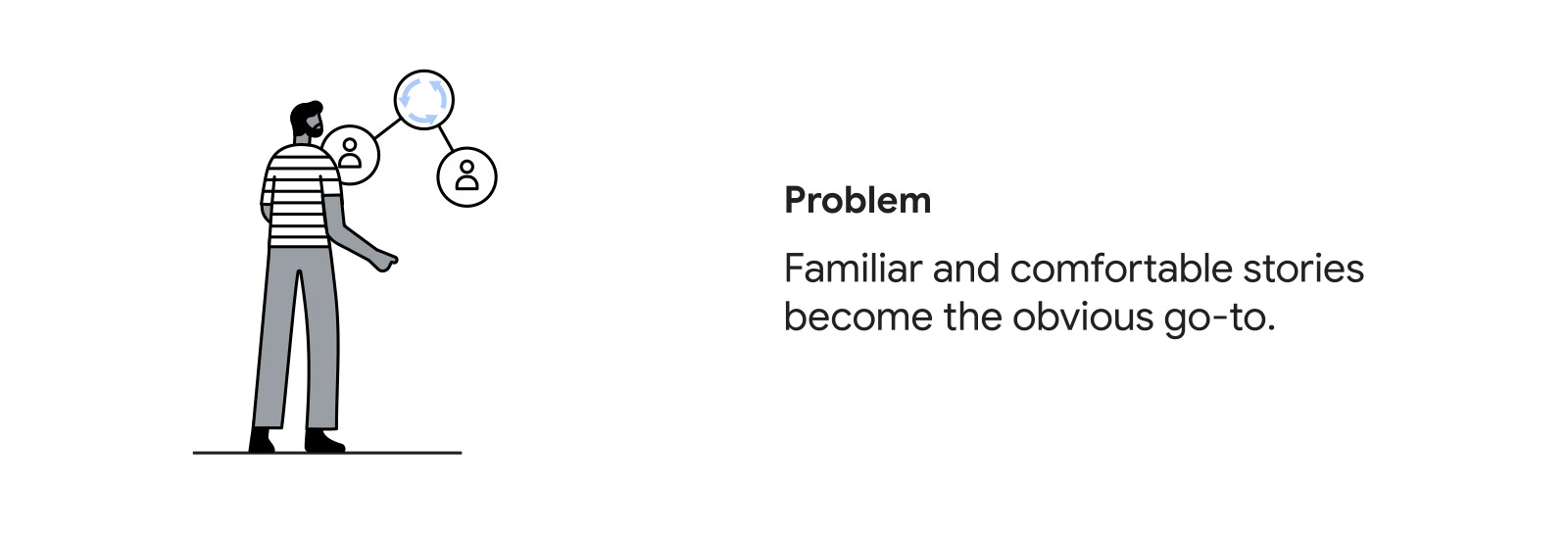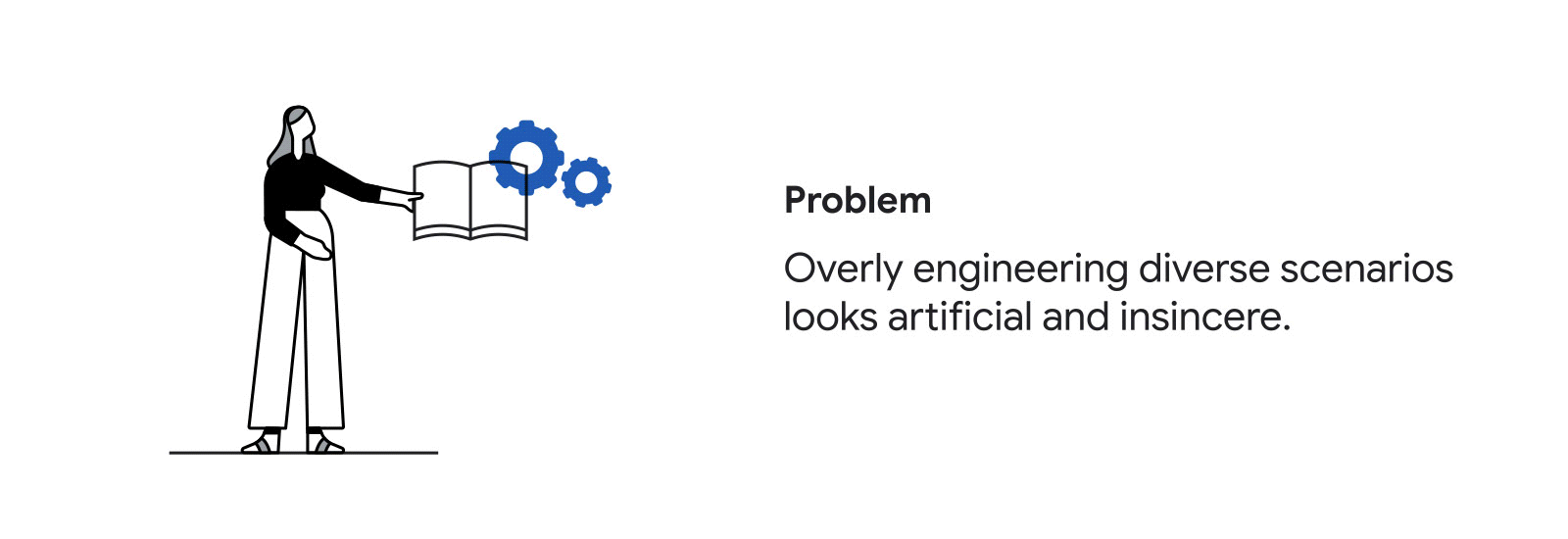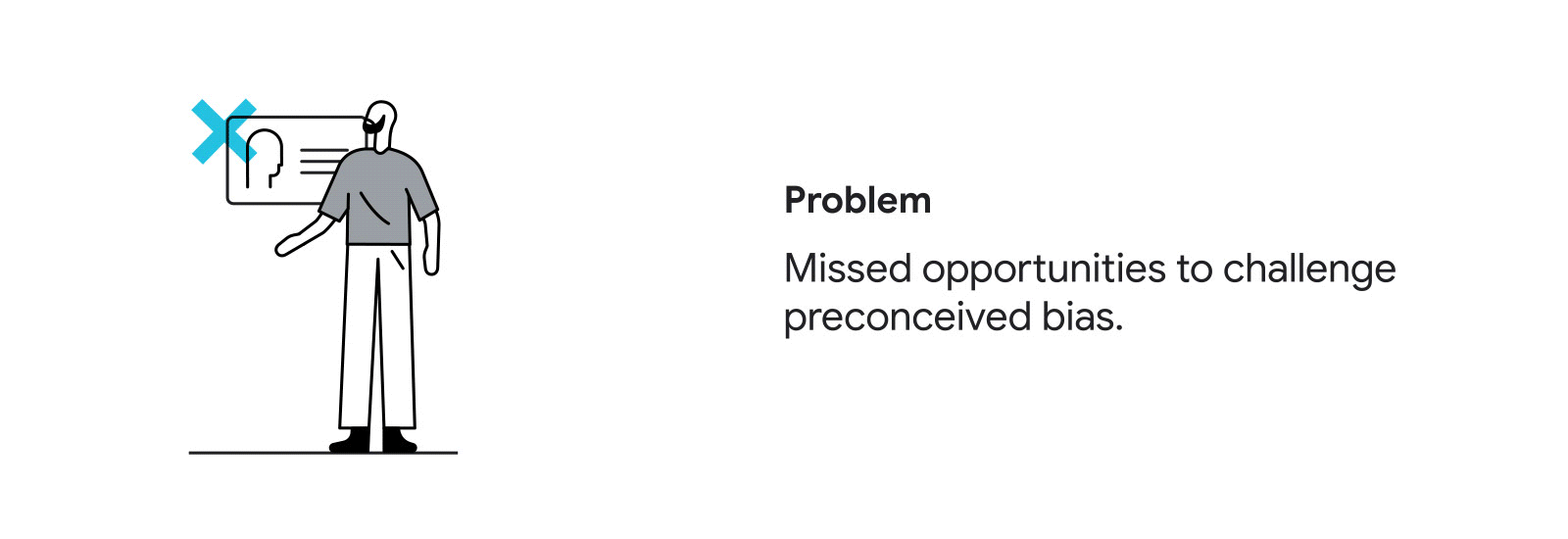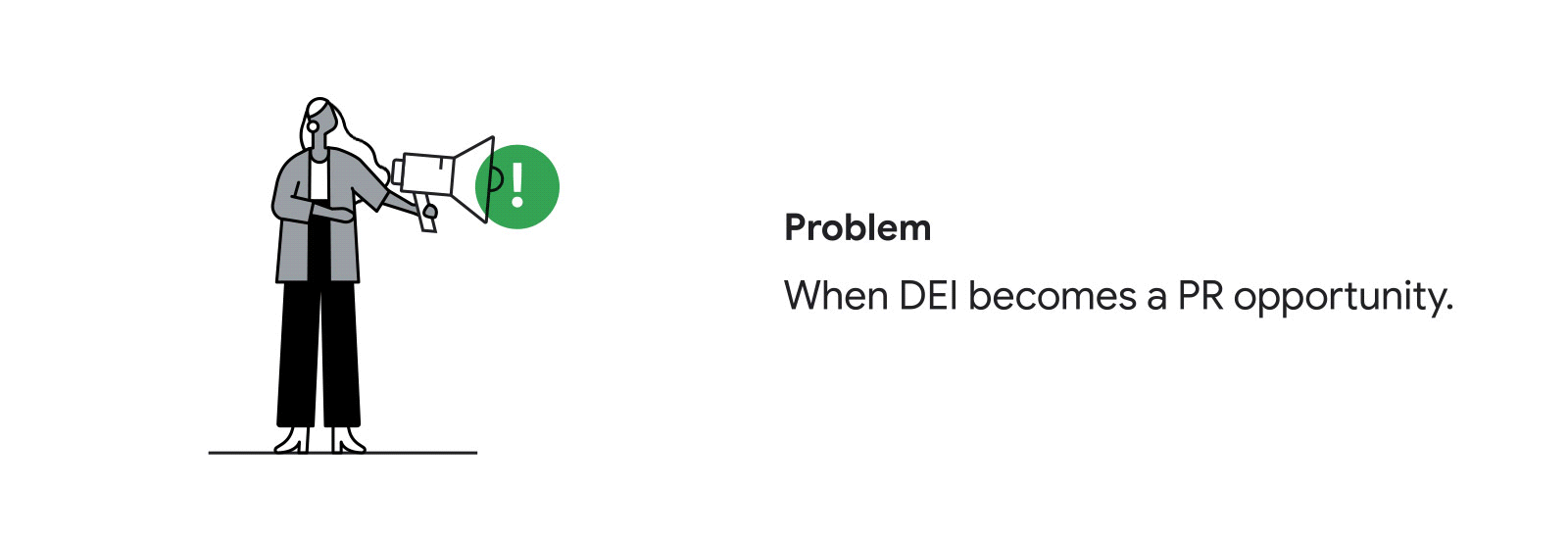.png)
First Published: 20 June, 2022
Sapna Chadha, Senior Marketing Director for Google India and Southeast Asia, shares five principles to help brands build inclusivity into their marketing efforts. Tara Mckenty, Creative Director for Google APAC, and Aisling Finch, Senior Marketing Director for Google AUNZ, highlight Aussie and Kiwi brands that support diverse communities in creative ways.
As we saw in our top consumer search trends of 2021, consumers are placing more value on individual needs and experiences. The expectation is now on brands to keep up — moving inclusive marketing from something nice for brands to do to something brands must do.
At Google, we’re committed to championing change, and we’ve made inclusive marketing a priority across all our marketing efforts through training and education sessions for our teams.
As we all embark on this journey, we’re sharing five inclusive marketing principles to help guide us through common challenges we face as marketers, as well as provide examples of brands such as Spark NZ, AFL, and ANZ Bank which are championing these principles for others to follow.

Remember, your business is your brand, so it’s not just your communication that needs to be inclusive. Look to work only with internal partners and agencies who bring diverse perspectives to the work. Currently, Google is conducting agency audits to ensure the partners we work with meet our purpose-driven expectations.
Foster psychological safety so that everyone can speak freely and encourage your teams to ask tough questions around inclusion.
Spark NZ, New Zealand
To combat the decline of indigenous languages, Spark NZ and Colenso BBDO launched Kupu, an app that translates the world around you into Te Reo Māori. By combining Google’s Cloud Vision and Translate APIs with Te Aka Māori dictionary data, the app provides text translations as well as audio examples for pronunciation when users snap a photo of something they’d like translated on their smartphones.
“Every time a language dies, the world gets less interesting,” said Dan Wright, group executive creative director at ColensoBBDO. “Kupu aimed to help Te Reo Maori by putting it right there in your pocket — making the language as easy to access as our favourite apps. It’s a reflection of brands taking up the obligation to make a positive difference in the world. And another reminder that tech combined with creativity can connect with people in amazing ways.”
Volvo, Global
In some cases, incorporating DEI efforts at the very beginning can spark industry-wide change. When Volvo found that women were more likely to get injured in a car crash — partly because male crash test dummies are the standard — the carmaker went back and collected 40 years of crash data to find ways to protect all people — regardless of size, gender, or body shape. To improve gender equality in all cars, they are now sharing their research with the rest of the car industry to create safer cars for everyone.

Consider the body of work that you are contributing to and embrace the opportunity to make it more representative of the different traits and attributes of our users and their experiences.
Google, Australia
Partnering with the AFL and 72andSunny, Google Australia’s film “Helping you help them” tells the emotional story of a young girl who wants to play Australian football, and her father’s efforts to bring her dream to life despite his own lack of knowledge on the sport. Recognising that footy can be a tough sport to get into — especially for young girls — the film demonstrates the power of Sport in connecting people with their community and how Google Search can help people pursue their passions.

If you do fictionalise, make sure it's based on real user insight. Your mission is to tell stories that ring true with diverse consumers. Authenticity and relatability are key to this, so lean on insights and testing to help you get it right. For example, talk to customers you may not have heard from before, or explore new kinds of creative content that may introduce you to fresh ideas.
Westpac, Australia
Westpac and DDB Sydney relied on research and focus groups to get a clear sense of what characters and moments resonated most with audiences from their separation campaign, a powerful day-in-the-life perspective of a young child and his parents as they go through the process of a divorce. Testing a wide variety of consumer segments helped the agency navigate a sensitive subject with empathy and authenticity.
“As a human you may have noticed that life is full of light and shade. But advertising rarely goes there. It takes a confident brand to show the more difficult, raw side of life,” said Tara Ford, Chief Creative Officer ex-DDB. “It pays off, because it connects and moves people in unexpected ways. This film resonates because it tells a story that’s true. The truth comes from every element of the execution — the casting, acting, direction, nuance of dialog. Everything has to be right to make it feel authentic and honest.”
"As a human you may have noticed that life is full of light and shade. But advertising rarely goes there. It takes a confident brand to show the more difficult, raw side of life."
Tourism New Zealand, New Zealand
New Zealand is known for its spectacular scenery, but Tourism New Zealand and Special Group AUNZ decided there was another aspect worth highlighting: the warm and genuine nature of everyday Kiwis across the country. To make potential visitors “feel the embrace” of New Zealand, the "Good Morning World" campaign highlighted different Kiwis saying “good morning world” every day for an entire year, spreading a message of positivity around the world.
"To make people feel New Zealand was not just a stunning place, but a stunning place filled with welcoming people, it had to be more than an ad campaign,” shared Julian Schreiber, partner and chief creative officer for Special Group AU. “We needed to create a national gesture of welcome from the people of the country to the entire world.”

First, ensure that you are avoiding stereotypes by involving diverse perspectives to help identify them, then move beyond them through authentic, multi-dimensional portrayals.
Sperm Positive, New Zealand
Teaming up with the New Zealand AIDS Foundation, Positive Women Inc., and Body Positive, Sperm Positive was launched as the world’s first HIV-positive sperm bank in order to challenge the stigma surrounding people living with HIV. The concept tackles misconceptions around the risks associated with HIV by proving it can’t be passed on in the most undeniable way possible: through childbirth.
Nike, Global
Nike’s “We Play Real” film celebrates the resilience of Black female athletes by recognising the hard work they put into their respective sports. Powerhouses like Serena Williams, Naomi Osaka, and Caster Semenya are featured throughout the film to emphasize that even the greats aren’t born overnight.

The end goal of inclusive marketing is not a PR opportunity. Our jobs as marketers are to understand and connect to our customers by ensuring we positively and credibly contribute to existing cultural conversations. Inclusive marketing is a fundamental commitment, so don’t try and make your brand the hero.
ANZ Bank, Australia
Understanding that many in the LGBTQ+ community felt awkward or scared to hold hands with their partner in public, ANZ bank in Australia, who partner closesly with the Sydney Gay and Lesbian Mardi Gras and Auckland Pride Festival, set out to encourage LGBTQ+ couples to #HoldTight and celebrate the simple act of holding hands. By making this a mainstream conversation, ANZ hoped to spark conversations and change perceptions in the wider community.
Google, Asia Pacific
Kiwi director A.J. Greenwood worked closely alongside each person highlighted in Google’s “Finding Pride'' campaign during pre-production, helping them write a piece of prose about their individual identity journey as a member of the LGBTQIA+ community. The seven-part series celebrates the diversity of LGBTQIA+ experiences within the Asia Pacific straight from the voices of those who live there, placing their stories front and center.
source: Google APAC, August 2021

Contact us if you have any suggestions on resources you would like to see more of, or if you have something you think would benefit our members.
Get in TouchSign up to receive updates on events, training and more from the MA.
